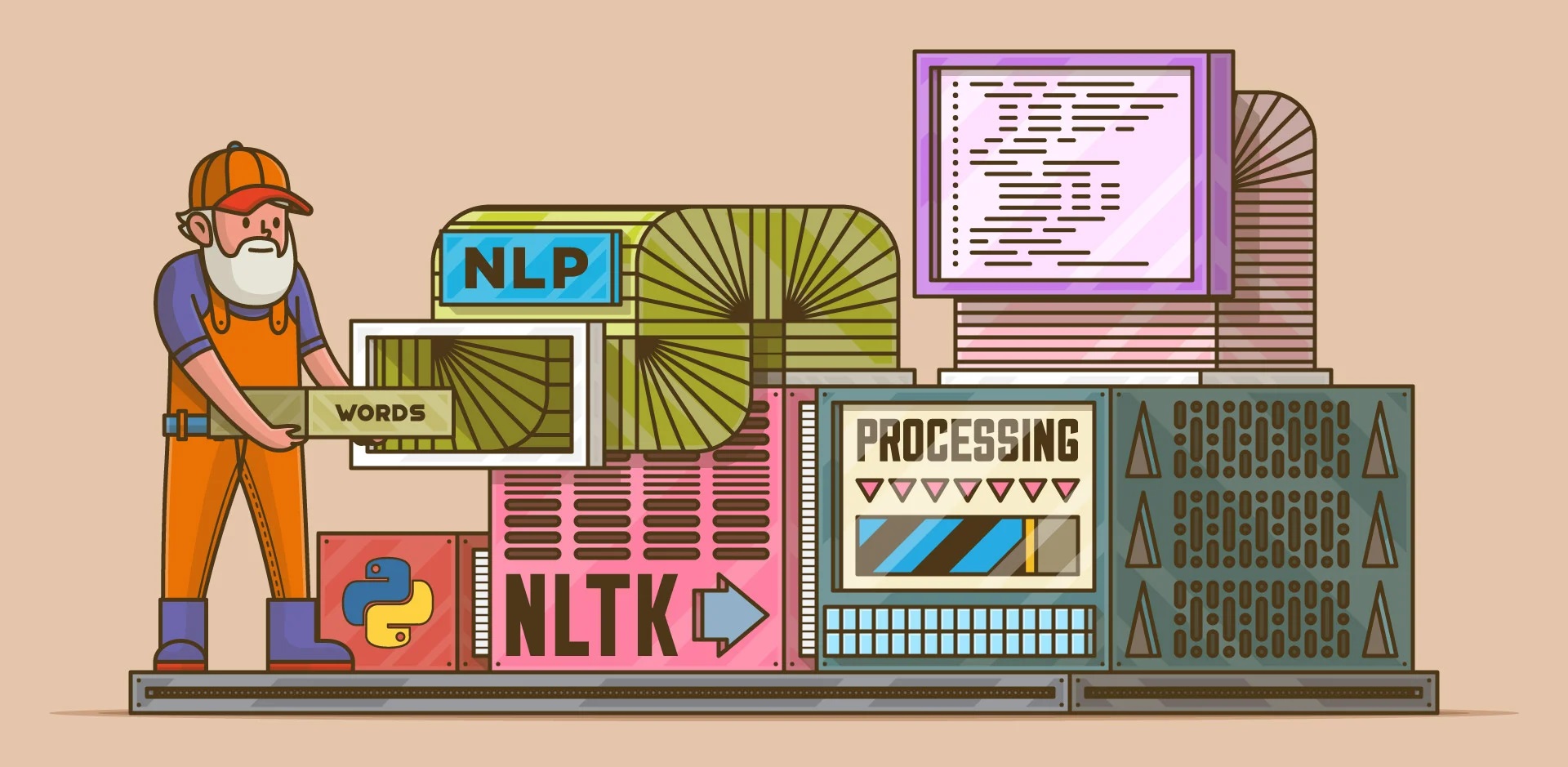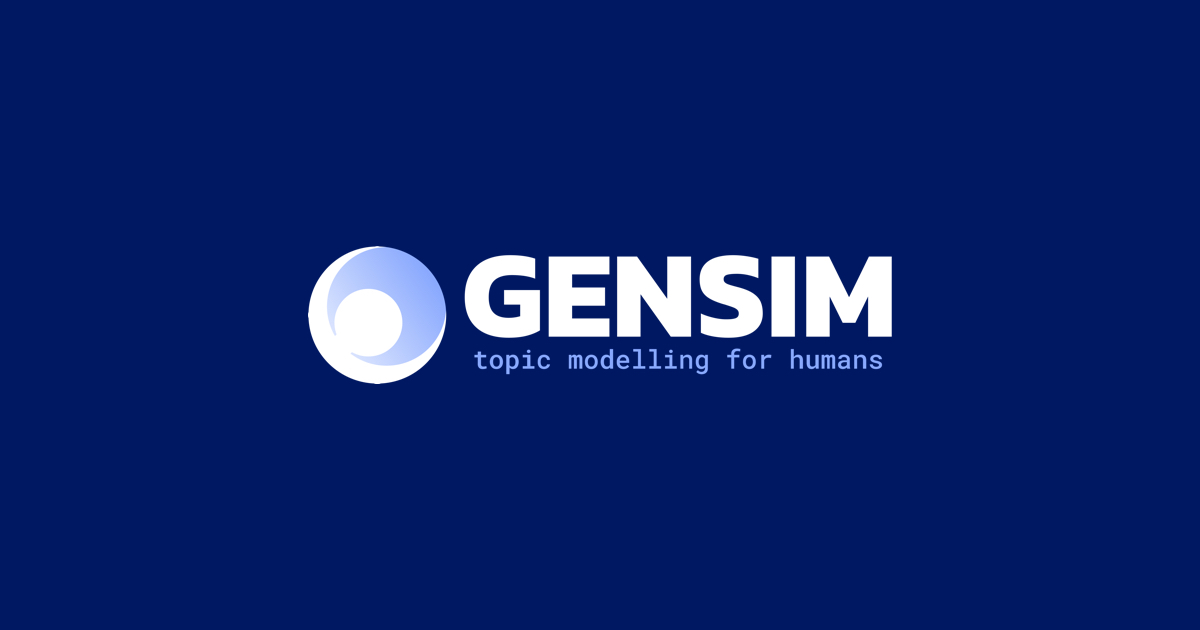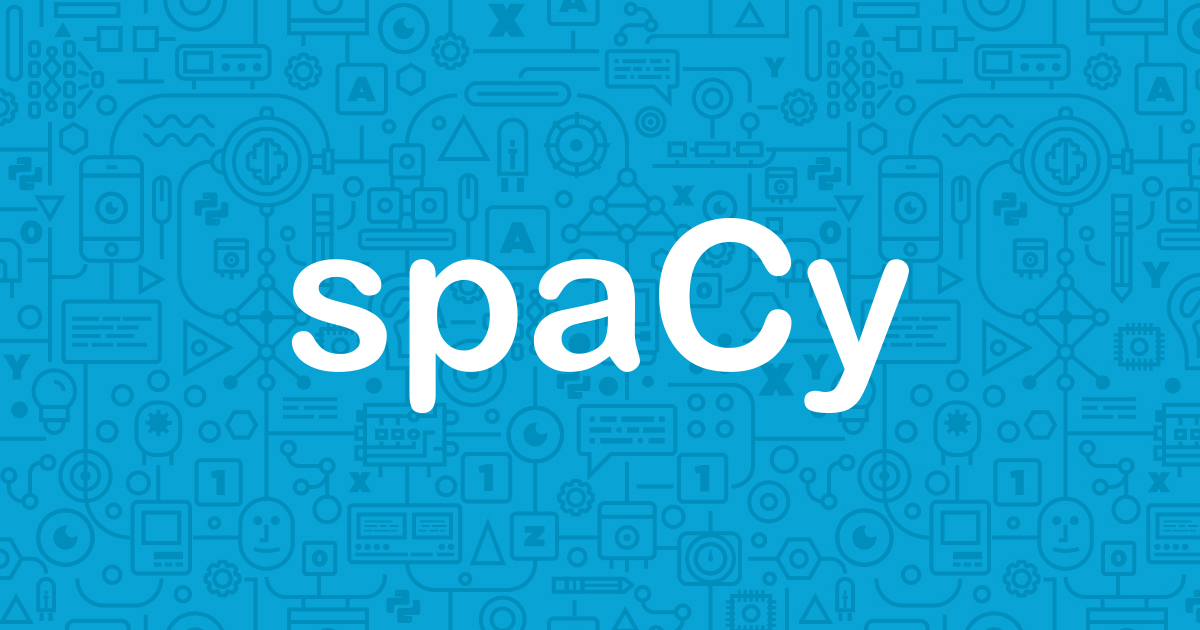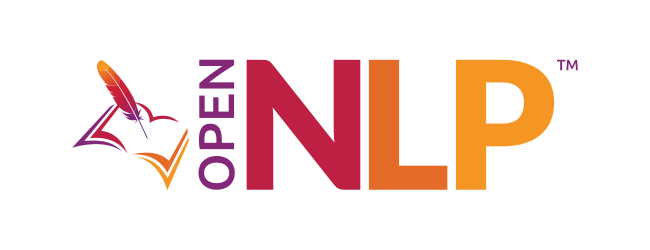We live in a wonderful era of technical innovations. Today, computers offer ample methods of AI-generated technology and communication. The latter enables machines to read, understand and derive meaning from human speech. These sci-fi abilities are underpinned by Natural Language Processing (NLP Tools) which is a branch of Artificial Intelligence concerned with the communication between computers and human language.
However, to go full-on with the interaction, you need a robust set of natural language processing tools to help computers communicate with humans.
In this article we share a hot index of the most popular NLP processing tools, their features, and use cases to help you identify the best for your AI, ML or computing requirements in your company, business or perhaps even for your personal purposes.

Best 8 NLP Tools and Libraries In 2021
In 2021, the tech market is inundated with a variety of tools to meet every possible business need. With such a variety, it is challenging to pick the best open-source NLP tool or python NLP library for your future project.
Below, we have collected the most widely used software and online tools to facilitate NLP-related tasks.
1. NLTK – free open-source NLP Tool
 NLTK (Natural Language ToolKit) is the leading NLP library created by researchers in the field. It is mainly used for teaching or creating various processing methods using basic tools. This makes NLTK fit for NLP beginners and students that are testing the waters of computer linguistics, ML, or AI.
NLTK (Natural Language ToolKit) is the leading NLP library created by researchers in the field. It is mainly used for teaching or creating various processing methods using basic tools. This makes NLTK fit for NLP beginners and students that are testing the waters of computer linguistics, ML, or AI.
Natural Language ToolKit also comes complete with extensive documentation including a book that dwells on the basic NLP concepts. Among other differentiators is a straightforward interface for lexical and corpora resources.
The basic functionality of Natural Language Toolkit performs the following tasks:
- Classification of text processing libraries,
- Stemming,
- Part-of-speech tagging,
- Entity extraction,
- Tokenization,
- Semantic reasoning,
NLTK can become your right hand for basic text analysis. However, if you need to process a vast amount of data, we recommend trying other alternatives.
2. Stanford Core NLP – statistical, deep learning, and rule-based NLP
 In its essence, the Stanford NLP library is an all-purpose tool for natural language analysis. It allows you to extract all kinds of text properties with just a few lines of code.
In its essence, the Stanford NLP library is an all-purpose tool for natural language analysis. It allows you to extract all kinds of text properties with just a few lines of code.
Stanford Core NLP is rife with built-in software and allows for custom modules to target unique operations. Thus, it boasts a wide array of language tools including parsing, sentiment analysis, grammar tagging, and others.
Unlike NLTK, this tool has the capacity to process a substantial amount of data and handle complex operations.
The diverse set of functions enable Stanford Core NLP to:
- Import data from the web
- Interpret and classify emotions (customer feedback)
- Process and generate texts (virtual assistants)
- Recognize named entities, and others.
The main drawback of Core NLP is that you need to have a profound knowledge of Java to get it up and running. Other than that, it is a production-ready processing answer that provides NLP predictions and analyses at scale.
3. Gensim – topic modeling package
 Gensim is touted as an NLP package that takes over topic modeling for humans. In reality, its power goes way beyond that. According to the creators, the major selling points of Gensim include:
Gensim is touted as an NLP package that takes over topic modeling for humans. In reality, its power goes way beyond that. According to the creators, the major selling points of Gensim include:
- Applicability – the tool aims to solve real-world business problems, such as discovering valuable insights from extracted information.
- Memory independence – lets us web-scale corpora even without loading the whole file in RAM.
- Performance – unparalleled implementations of popular vector space algorithms.
All these make Gensim stand out among ML software packages that are geared towards only in-memory processing.
The main use cases of Gensim include:
- Topic identification,
- Document comparison (semantically similar documents),
- Processing plain-text documents for semantic structure,
- Text generation, and others.
4. SpaCy – the nemesis of NLTK
 SpaCy is a free open-source library for NLP in Python. Along with convenient Python, it leverages Cython for added speed. Its authors claim that SpaCy can do about the same things as NLTK and their counterparts, but faster and more accurately.
SpaCy is a free open-source library for NLP in Python. Along with convenient Python, it leverages Cython for added speed. Its authors claim that SpaCy can do about the same things as NLTK and their counterparts, but faster and more accurately.
Overall, SpaCy, with its pre-trained models, speed, easy-to-use API, and abstraction cater to developers who create off-the-shelf solutions. On the other hand, NLTK, with its huge number of tools, is a better match for researchers and students. In any case, neither library is suitable for creating your own models.
If we have a look at the fortes of SpaCy, it is a perfect match for comparison analysis of customer profiles, product profiles, and text documents.
5. TextBlob – sentiment analysis, parsing
 TextBlob is the fastest NLP library in Python 2 and Python 3. It offers a beginner-friendly API for processing textual data, thus enabling all basic NLP operations like parsing and spelling correction.
TextBlob is the fastest NLP library in Python 2 and Python 3. It offers a beginner-friendly API for processing textual data, thus enabling all basic NLP operations like parsing and spelling correction.
It is branded as an essential tool in every freshener’s toolbox that can be upgraded with additional features for more sophisticated text analysis.
TextBlob is also helpful in performing sentiment analysis to monitor customer engagement via conversational interfaces and machine translation. Thus, the tool allows you to localize your online venue in an automated manner and enhance the translation via text corpora.
However, the downside of TextBlob is the insufficient speed for NLP Python production usage, which is a typical pitfall of all NLTK-based tools.
Other features of TextBlob include:
- Word and phrase frequencies,
- Part-of-speech tagging,
- N-grams,
- Tokenization,
- Classification,
- Intent analysis,
- Event extraction.
6. Intel NLP Architect – conversational analysis, neural networks
 Intel NLP Architect is the newest kid on the block among all libraries on this list. It is an open-source Python library that deals with unique deep learning topologies and models for optimizing NLP. Recurrent neural networks form the basis of their functionality and capabilities.
Intel NLP Architect is the newest kid on the block among all libraries on this list. It is an open-source Python library that deals with unique deep learning topologies and models for optimizing NLP. Recurrent neural networks form the basis of their functionality and capabilities.
It comes complete with a diverse set of features that can be leveraged for both practical and research purposes. Here are some of them:
- NLP models which assist in distilling linguistic features for NLP workflow.
- NLU modules that yield high-quality results (intent extraction (IE), name entity recognition (NER)).
- Modules for semantic analysis (collocations, vector representations of named entity groups (NP2V)).
- Building blocks for creating conversational intelligence (dialogue maintenance system, a sentence analyzer (sequence chunker), a system for determining user intent).
- Applications of deep end-to-end neural networks with new architecture (question and answer systems, machine reading comprehension).
Overall, NLP Architect is an open and flexible library with algorithms for word processing that facilitates collaboration for developers across the globe. The Intel team continues to add their research to the library so that anyone can take advantage of the improvements.
7. Apache Open NLP – data analysis, tokenization
 Just like other candidates on our list, Apache Open NLP is an open-source library used for natural language text processing. It enables you to create an effective text-processing service using a simple yet useful set of features.
Just like other candidates on our list, Apache Open NLP is an open-source library used for natural language text processing. It enables you to create an effective text-processing service using a simple yet useful set of features.
The Apache Open NLP library provides classes and interfaces to perform a variety of NLP-related tasks, such as:
- Sentence detection,
- Tokenization,
- Name lookup,
- Part-of-speech tagging,
- Sentence partitioning,
- Analysis,
- Reference matching,
- Document categorization.
Moreover, you can also train and evaluate your own models for any of these tasks.
From a practical point of view, this library is fit for all kinds of sentiment analysis tasks and text data analysis. If you need to compile text corpora for generators and conversational UIs, Apache Open NLP will also be a worthy contribution.
8. Pattern – data mining, network analysis
 The pattern library is one of the lesser-known tools that rely on the Python programming language. It is a web mining module that supports Python 2.7 and Python 3.6 and contains a set of one-of-a-kind functionalities.
The pattern library is one of the lesser-known tools that rely on the Python programming language. It is a web mining module that supports Python 2.7 and Python 3.6 and contains a set of one-of-a-kind functionalities.
Among its differentiators are finding superlatives and comparatives, as well as fact and opinion detection. The latter distinguishes it from other libraries in the niche.
The pattern library is widely used for text processing due to the wide variety of functionalities it provides. Other real-world applications include:
- Data mining (Google, Twitter API, etc),
- NLP (part-of-speech taggers, n-gram search, sentiment analysis),
- Machine Learning (clustering, SVM).
Although it is certainly a gem in the tool collection, Pattern is essentially a web miner. Therefore, it’ll fall short of sophisticated natural language processing tasks.
Final Thoughts
The fundamental objective of natural language processing is to initiate the dialog between computers and humans and scale other language-related tasks. NLP tools serve as mediators in this process and help us to analyze text data and fetch valuable business insights.
When choosing the right NLP library, make sure you base your choice on the use case. If you need to pre-process and wrangle the text corpus, you’ll be better off with a simple, yet effective tool.
Author Profile

- Online Media & PR Strategist
- Blogger and Educator by Passion | CMO at ClickDo Ltd. | Editor in Chief of various English and German blogs | Summer Course Student at the London School of Journalism.
Latest entries
 Finance & Crypto11th July 2025How to choose the best Demo Trading Account in the UK for Strategy Refinement
Finance & Crypto11th July 2025How to choose the best Demo Trading Account in the UK for Strategy Refinement Software19th December 2024Understanding Entity Resolution: A Comprehensive Guide
Software19th December 2024Understanding Entity Resolution: A Comprehensive Guide Software27th July 2024The 6 Challenges to Overcome when Implementing Client Portals
Software27th July 2024The 6 Challenges to Overcome when Implementing Client Portals Finance & Crypto22nd July 202410 Best Investment Apps UK & Trading Apps UK With Effective Robo Advisors For Automated Investment
Finance & Crypto22nd July 202410 Best Investment Apps UK & Trading Apps UK With Effective Robo Advisors For Automated Investment

